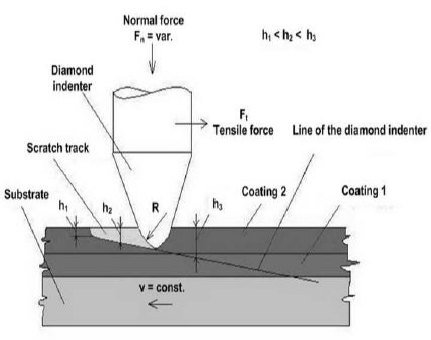- Qinsun Instruments Co., Ltd.
- Tell:+86-21-6780 0179
- Phone:+86-17740808215
- Address:No. 2578 Minhang District Gu Dai Road, Shanghai
- Contact:Mr. Li
- QQ:846490659
Methods for detecting buried pipelines

1. On site testing situation
An application test of ultrasonic guided wave detection was conducted on a long-distance pipeline oil station, with the test objects being buried pipelines for crude oil crossing stations, elbows for crude oil exiting and entering the station, and buried manifolds in the valve group area.
Ultrasonic guided wave modes mainly include longitudinal mode (L), torsional mode (T), and bending mode (F). Because the weld, elbow, support, flange, tee pipe section characteristics and corrosion, cracks and other defects will show different sensitivity to guided wave modes, using a single mode guided wave may not achieve good detection results. So the TeletestFocus+system uses two modal waves, L (0,2) and T (0,1), to focus and scan the pipeline for detection, which can effectively improve the detection rate of defects and reduce the misjudgment rate of pseudo defects.
The ultrasonic guided wave detection system has defined 5 DAC curves:
● 0dB curve - Near total reflection (100% reflection) at the end of the pipeline or flange, which can be used as a reference for absolute reference sensitivity setting, represented in black;
-14dB curve - a typical circumferential weld provides an equivalent reflectance of 20% (-14dB) at the end of the pipeline, represented in blue;
-20dB curve - the midpoint line between -14dB (weld line) and -26dB (9% threshold horizontal line), indicated in red;
● -26dB curve - the loss rate of 9% of the pipeline wall thickness section is equivalent to 5% of the pipeline end reflectivity (-26dB), which is classified as an abnormal line and indicated in green;
-32dB curve - represented by a black dashed line, represents a 3% cross-sectional loss line and can be considered as a noise level line.
The specifications of the cross station buried pipeline for crude oil are Ф 610mm × 20.6mm, the anti-corrosion layer type is 3PE anti-corrosion layer. The fixture is installed 0.54m away from the weld seam and tested using a 5-turn probe. For this section of the pipeline, the longitudinal wave mode was scanned using two sensors with a spacing of 30mm and 46mm, respectively.
The specifications of the crude oil outlet and inlet elbow pipeline are Ф 813mm × 16.0mm, the anti-corrosion layer is an anti-corrosion coating. The fixture is installed 1.7m away from the branch pipe and tested using a 5-circle probe. The spacing between longitudinal wave mode sensors is 46mm.
The specifications of the buried manifold in the crude oil valve group area are Ф 711mm × 20.6mm, the type of anti-corrosion coating is anti-corrosion coating. The fixture is installed in the middle of two risers, 1.1m away from the three-way weld seam. Use a 5-circle probe for detection. The spacing between longitudinal wave mode sensors is 46mm.
2. Test results
The defect rating method is bounded by the DAC curve:
Above the red line are areas of level III and above, and any defect points within this area require immediate repair or replacement;
The area between the green and red lines is a Level II area, and it is recommended to arrange for repair of any defect points within this area;
The area between the black dashed line and the green line is a Level I area, and it is recommended to arrange retesting for defect points within this area;
Below the black dashed line is a defect free safety area





